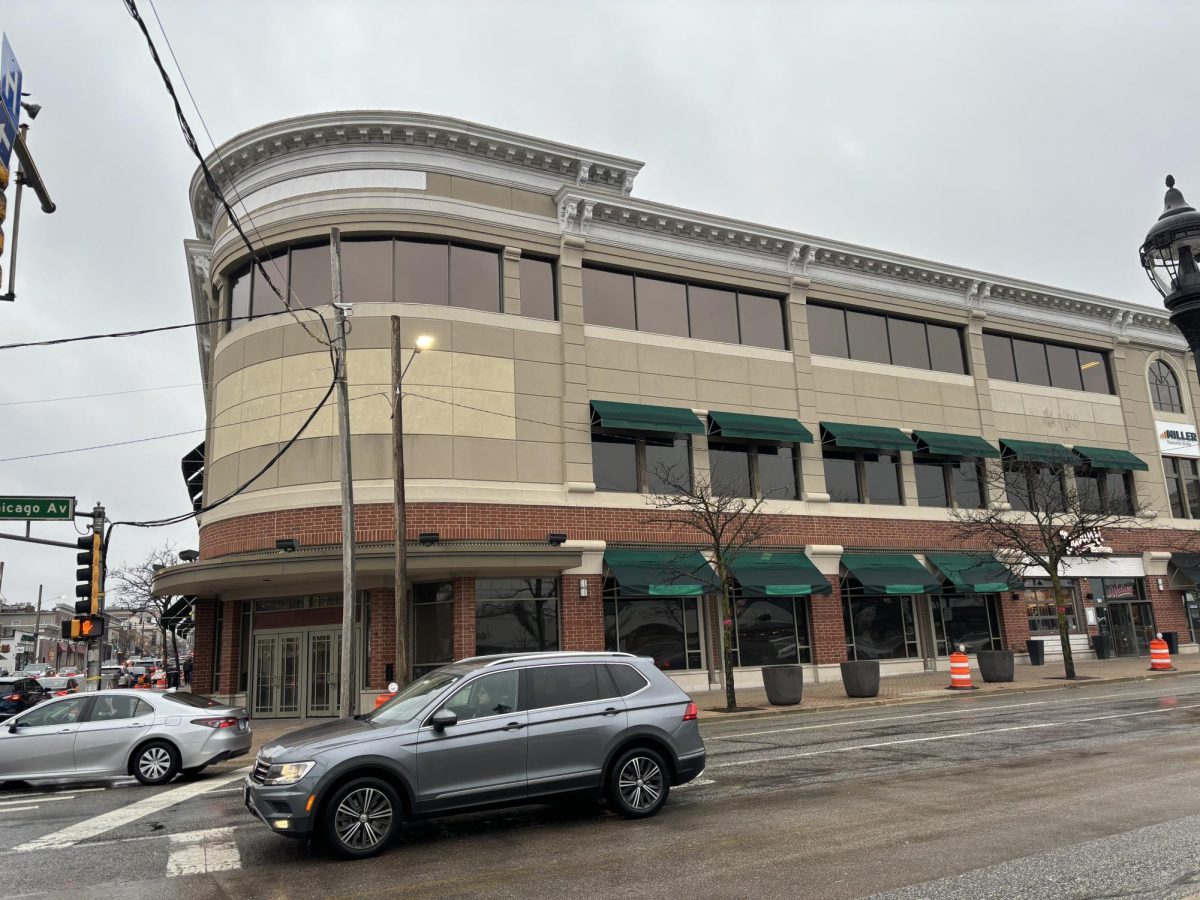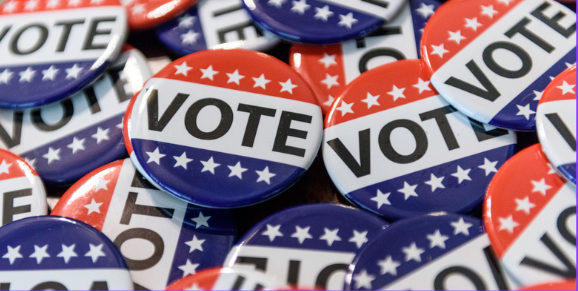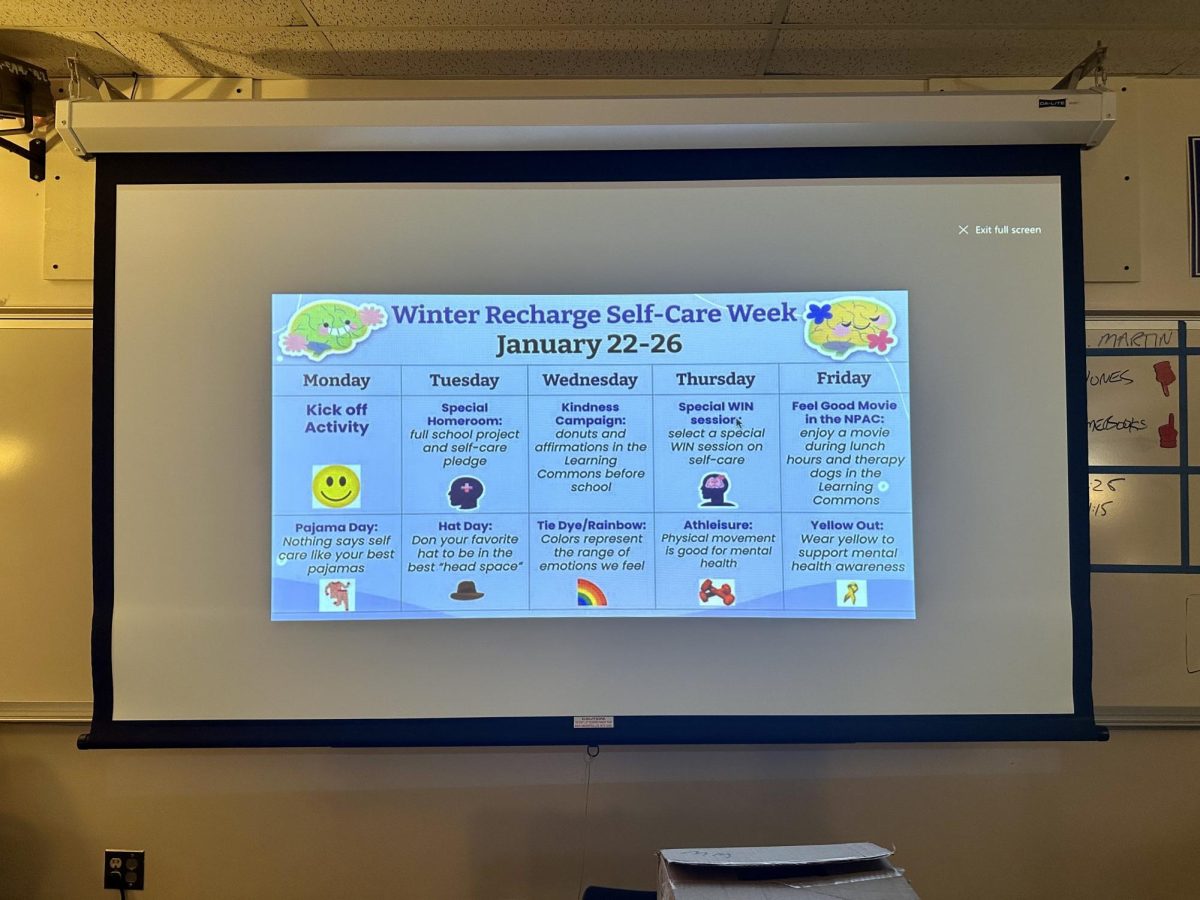By Staff Writer Taleena Nadkarni
Wanjugu Bukusi, an African-American Communication Arts teacher at Naperville North High School, has taught in a variety of schools throughout her career. Though every school was unique, her experience at each was similar.
In most cases, Bukusi said she was one of the few minority staff members.
“I’m used to being the exception,” Bukusi said. “If you can count the [number of] black teachers on one hand, then I think that’s a problem.”
This year, Illinois became the first state in the Midwest in which the percentage of minority students in its public school system surpassed the percentage of Caucasian students. In spite of this, the ethnic demographics of Illinois’ teacher population do not reflect its student population, according to an article in the “Chicago Tribune.”
Based on the most currently available data, District 203 is comprised of 5.6% minority teachers and 32.5% minority students. Since 2000, the percent of African-American teachers has dropped by 0.4%, while the number of Hispanic and Asian teachers have grown by 1.4% and .6%, respectively.
“I do find it surprising,” Bukusi said. “[The percentage of African American teachers] just seems to remain low.”
Superintendent Dan Bridges recognizes the need to expand the diversity of faculty within the district.
“It’s important that we work to build a professional staff that reflects the diversity of our student population as well as the diversity of our community,” Bridges said.
Bridges said the district’s goal is to increase its applicant pool in hopes of receiving a wider variety of candidates applying for a position. To do so, the district aims to increase its visibility at minority job fairs and in colleges or universities with significant minority recruitment.
“We need to be better at recruiting African-American teachers and also Asian [teachers],” Bridges said.
Adjunct assistant professor of Sociology at North Central College, Carlene Sipma-Dysico, said that the present under-representation of minorities in teaching fields heightens the challenge of recruiting new minority staff and administration. If a school’s teaching population is predominantly Caucasian, it can be more difficult to recruit teachers of color.
“It’s a self-perpetuating problem,” Sipma-Dysico said. “When you have the vast majority of teachers who are white, whiteness becomes so ubiquitous that it’s not examined.”
Because ethnic balance is a key factor to the overall social environment of a school, Sipma-Dysico said it is imperative that a school’s staff reflects its student population.
According to Sipma-Dysico, there are also ways in which a diversified teaching staff can affect a student’s outlook on school. When a student sees someone who he/she shares a similar quality with – such as race or gender – in an influential position, then they can begin to view themselves in that role as well.
“There’s that human connectivity that students need to have that they are lacking,” Sipma-Dysico said. “And I think [this connectivity] impacts our drop-out rates [and] the ability of our students to be taken care of.”
Patrick Roberts, who is Northern Illinois University’s department chair of Leadership, Educational Psychology and Foundations, believes that schools need to make a better effort to professionally support minority recruits.
“School districts perhaps need to think about the mentoring that they offer minority first-year teachers,” Roberts said.
Roberts said the magnitude of the imbalance between minority teachers and minority students may have an impact on a student success in the classroom as well.
“When students see teachers who look like them [ethnically, racially] and who share some of the same cultural backgrounds, that probably does have an impact on student achievement because [students] may relate to those teachers differently,” said Roberts.
Despite the discrepancy between Caucasian and minority teachers within District 203 and throughout the country, Roberts, Sipma-Dysico, Bridges, and Bukusi all believe that hiring a teaching staff that appreciates various cultures should be a school’s main priority.
“Because we have a diverse student population and a diverse community, we need a staff that understands cultural competency,” said Bridges. “Then, when we talk about instructional strategies, we’re doing so through a lens of cultural understanding.”







Luc Waked • Mar 12, 2014 at 10:55 pm
Definitively agree with what Hannah said. It is important for the district to consider many factors, not just race. This is a great goal for the district, though, and I hope they follow through!
Hannah Novak • Mar 9, 2014 at 10:22 pm
I don’t think the solution is simply to more hire teachers who are African-American and Asian, although that’s certainly a good step towards diversifying. There’s way more to diversity than race, though. Different social stances (conservative and liberal), as well as diversity in gender and sexuality are important. Racial diversity, definitely, is important – but District 203 should consider other underrepresented groups as well.